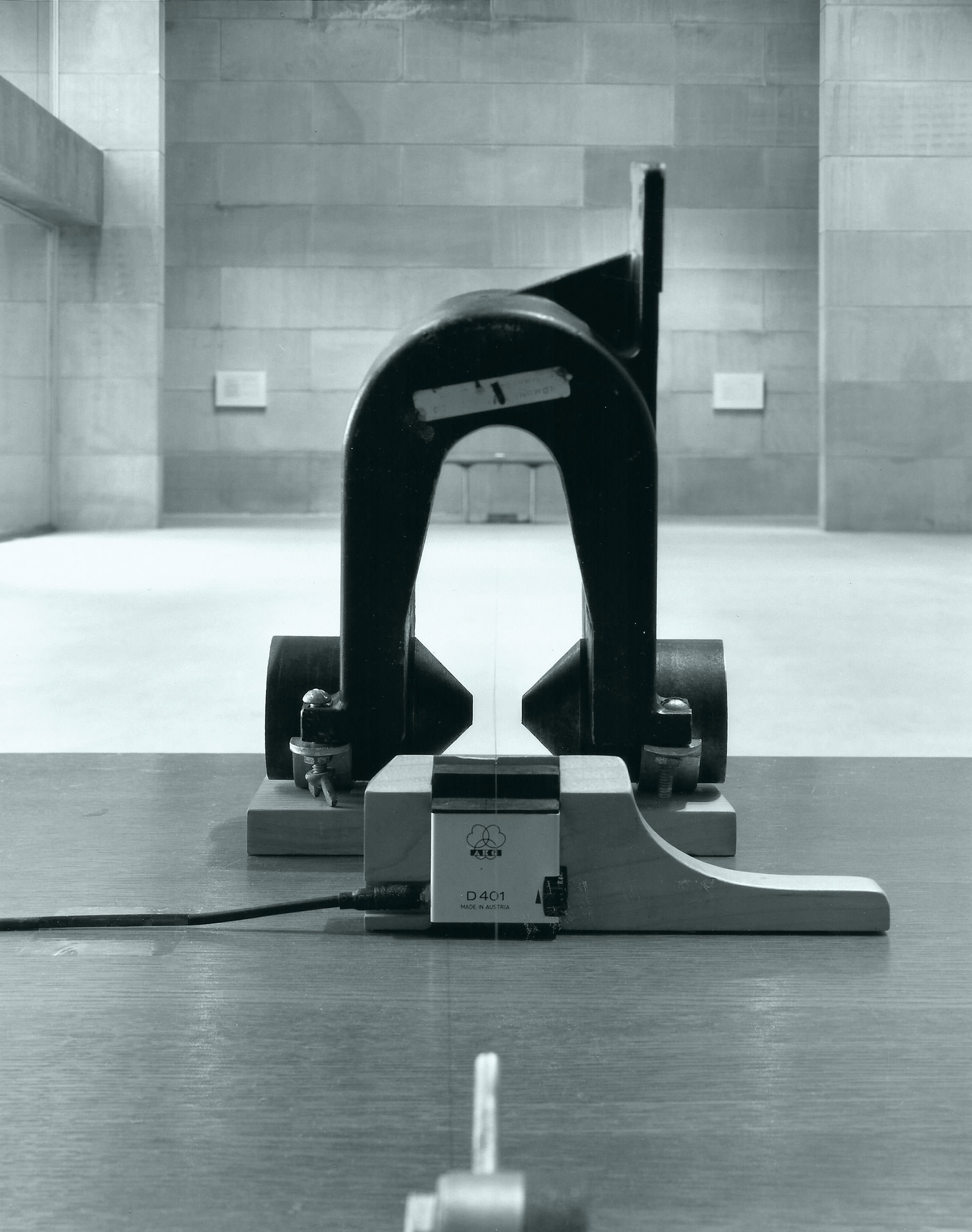The original Fireface UFX has been the centerpiece of my mixing studio and mobile recording rig for nearly eight years. The unique feature that sold me on the original UFX was its built-in DURec recorder, which allowed me to record all 60 channels of I/O onto a USB flash drive as a multitrack WAV file. This feature has saved my butt a few times when my DAW crashed while recording a live concert, so I was very pleased to see this carried through and improved upon with the new UFX+, which is now capable of recording up to 76 channels simultaneously!
The original UFX, which connected to a computer via USB 2 or Firewire 400, had a combined total of 30 inputs and 30 outputs at single sample rates (44.1/48 kHz): 12 analog, 16 ADAT, and 2 AES. The new UFX+ has been upgraded to USB 3 and Thunderbolt connectivity, boasting a total of 94 inputs and 94 outputs at single sample rates while still retaining the single rack space height of the original UFX. The number of analog, ADAT, and AES I/O remain the same as the original, while the additional 64 inputs and 64 outputs are achieved with the addition of MADI I/O. At double sample rates (88.2/96 kHz) both the ADAT and MADI channel counts get cut in half for a combined digital + analog total of 56 inputs and 56 outputs, which is damn impressive for its size. Both BNC and optical connectors are provided for the MADI I/O. The handy bonus of having both these connections is something RME calls "automatic input selection." This means that if one of the MADI inputs fails, the unit automatically switches to the other input in less than a sample; meaning it's click free switching. The two MADI outputs can also operate in "mirror mode," sending the same signal out both outputs – redundancy is definitely a plus with live recordings! RME also sent me their ARC-USB (Advanced Remote Control): a clever little remote that puts many of the functions of TotalMix FX (RME's wonderful software routing system) directly at your fingertips with a satisfying tactile feel. The ARC-USB is bus powered via USB 1.1 and will work with USB cables up to 10 meters in length. And, in classic RME fashion, the ARC-USB is backwards compatible with all RME interfaces released since 2001. All 15 buttons can be custom assigned, giving you quick access to a number of features like cueing headphone mixes, starting and stopping the DURec recorder, or assigning the jog wheel to adjust the gain on the UFX+'s four built-in preamps. The most common use for the ARC-USB is as a monitor controller – you can easily set up a main output A/B in TotalMix FX to toggle between two pairs of monitors. Knowing this, RME ships the ARC-USB with talkback, speaker switching, and dim functions assigned to the bottom three buttons by default.
I used the UFX+ on several recordings; including a live concert recording of the Sacramento Choral Society & Orchestra with a full orchestra and 100-plus choir. For each recording the UFX+ performed much as I would expect the original UFX to perform, which is to say wonderfully. Notable upgrades to the original UFX that I noticed are the improved dynamic range of the converters, the increased gain of the four redesigned built-in preamps (which just plain sound better than the originals do), and the dramatically lowered impedance of the two headphone amps. This last feature made quite a difference with high impedance headphones, like my 250 ohm beyerdynamic DT 770 PROs.
With the UFX+ RME takes the original concept of a transparent sounding, multi-faceted interface in a single rack space unit format, and runs with it. The only things I'm going to miss about the original are the two handles on the front panel, because this thing will be going in and out of my mobile and studio racks all the time.




_disp_horizontal_bw.jpg)